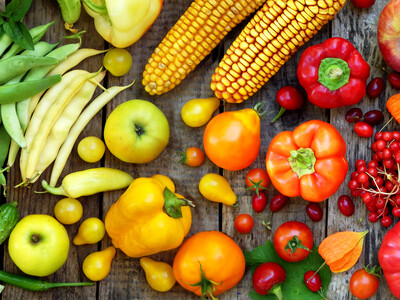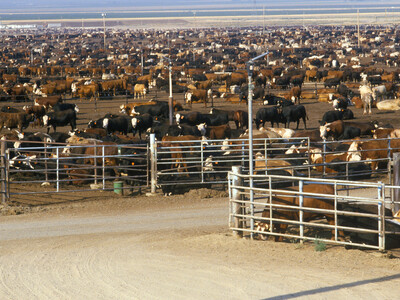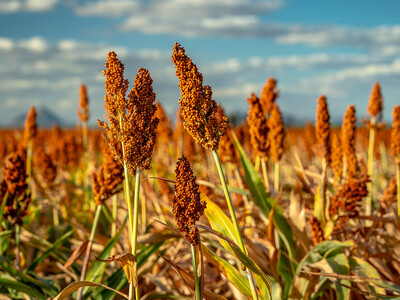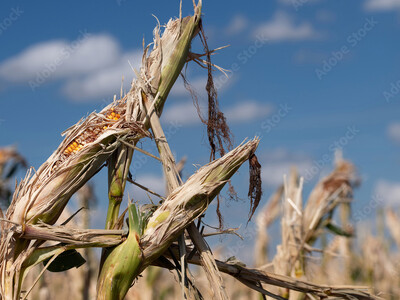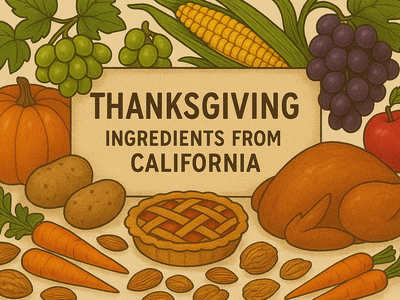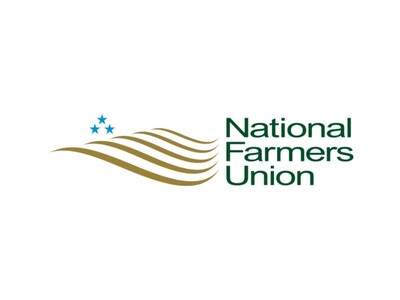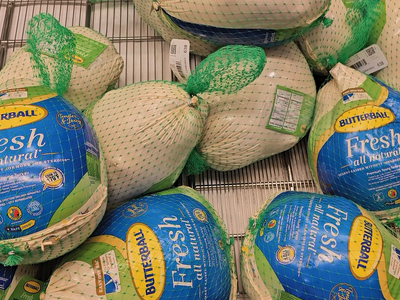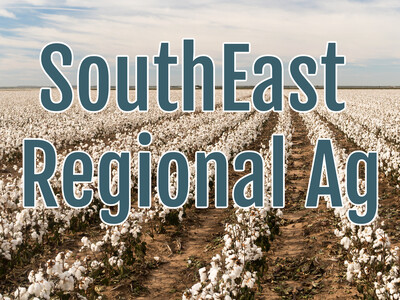Alpaca hooves
William Simpson uses geometry to distinguish the differences between a horse’s hoof and a cow’s and uses mathematical reasoning to measure the impact on grassland’s both private and public. If we don't keep the plant covered, that's there. We get catastrophic erosion and all that silt goes in the streams, covers all the fish, kills the fish, runs.Sensitive to their environment in every respect, alpacas have soft padded feet instead of hooves and can leave even the most delicate terrain undamaged. Damage to topsoil decreases long-term soil fertility and in the process, the soil is eroded and weed invasion is encouraged. Alpacas prefer to eat tender grasses, which they do not pull up by the roots. Lacking upper teeth, alpacas “cut” the grass with their bottom teeth and upper palate. This vegetation cutting encourages the plant’s growth. Because they are modified ruminants with a three-compartment stomach, alpacas convert grass and hay to energy very efficiently, and stop eating when they are full, further preserving the landscape on which they live.




